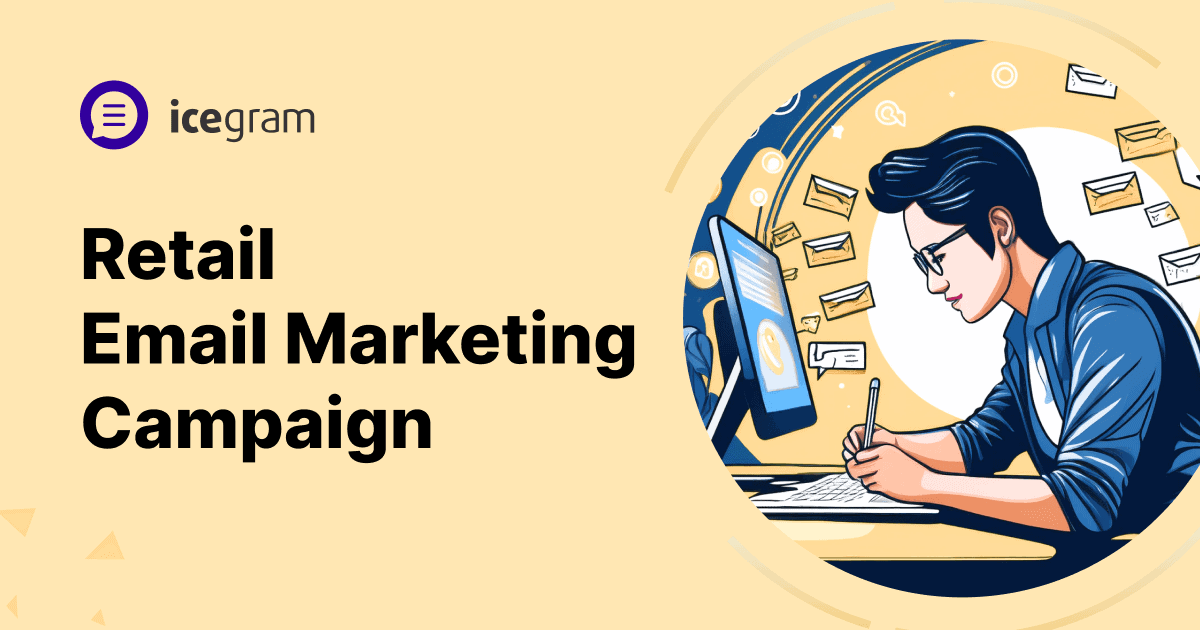Retail email marketing for a large catalog can be tricky, specifically when balancing frequency and relevance across a broad audience. Sending emails to your entire list three times a week might help you drive results, but over time, it can lead to fatigue when you don’t tailor the retail email marketing campaign to their interests.
Here’s how to craft an effective retail email marketing campaign:
Segmentation
An effective approach could be shifting towards segmentation and behavior-based targeting. Instead of viewing your email list as one group, consider it a collection of different audiences, each with preferences and habits. You can segment your audience based on past purchases, browsing behaviors, or even their level of engagement (active, occasional, or dormant). This will allow you to speak to them directly. This approach is specifically beneficial for large retail businesses such as FMCG stores, and food and beverages companies to name a few.
Segmenting by category interest or purchase behavior lets you send updates on similar products, special promotions, or new arrivals in those areas, creating a sense of relevance and personalization that’s hard to achieve with general e-blasts.
Dynamic content blocks
Further, you can also use dynamic content blocks in your emails. This allows a single email to display different products or offers based on the customer’s preferences. So, rather than creating multiple emails, you can design one that adapts to each segment automatically. It’s efficient and ensures that each customer sees what’s most relevant to them.
Behavior-based triggers
Additionally, when segmenting ensure considering behavior-based triggers to boost engagement. For instance, if a customer has browsed specific products but hasn’t purchased, sending a follow-up email featuring similar items or a gentle nudge can drive conversions. Likewise, reminders for cart abandonment or personalized recommendations after a purchase can feel thoughtful and can nudge the customers toward purchasing.
You can also test and adjust your send frequency based on each segment’s engagement level. A/B testing can be considerably helpful in identifying the sweet spot for each group, reducing unsubscribes and improving overall engagement.
Conclusion
All these tips can help you move away from a one-size-fits-all approach to a more dynamic approach that caters to multiple audience segments, at scale.
Looking for a helping hand that helps you tick all the boxes?
Check out Icegram Express to up your retail email marketing game!

